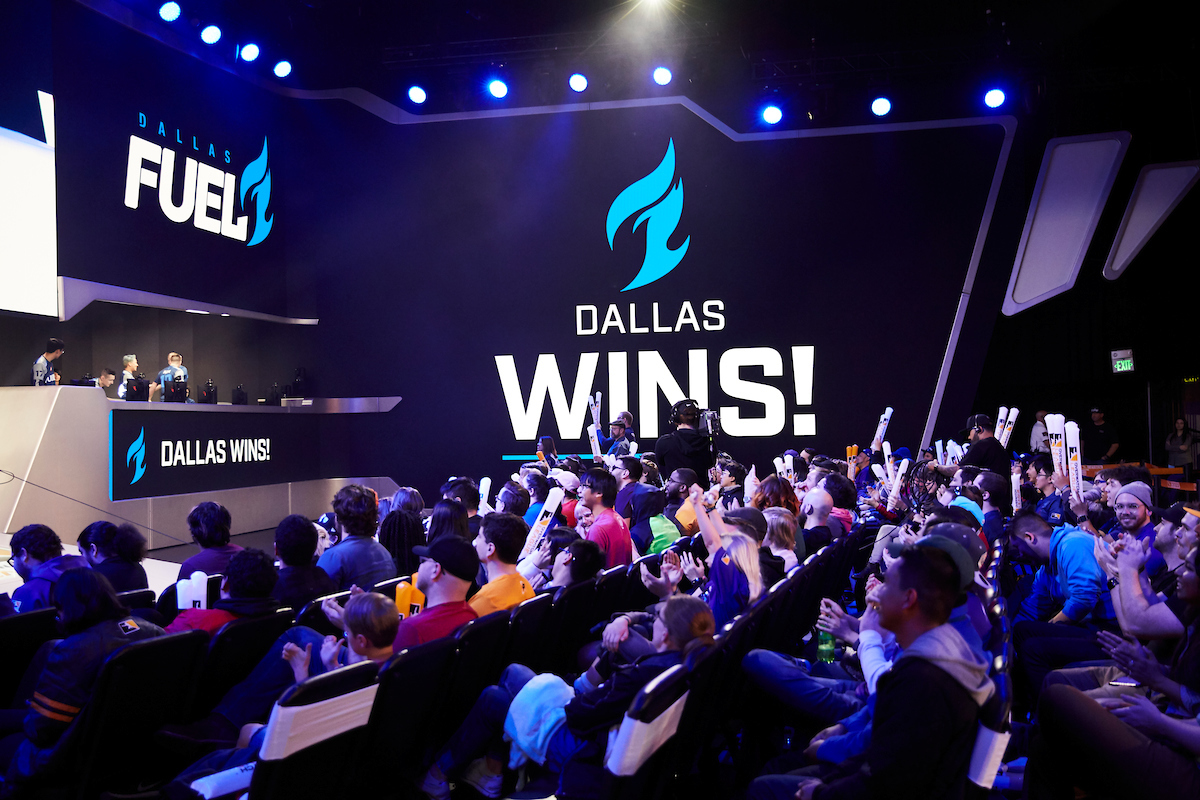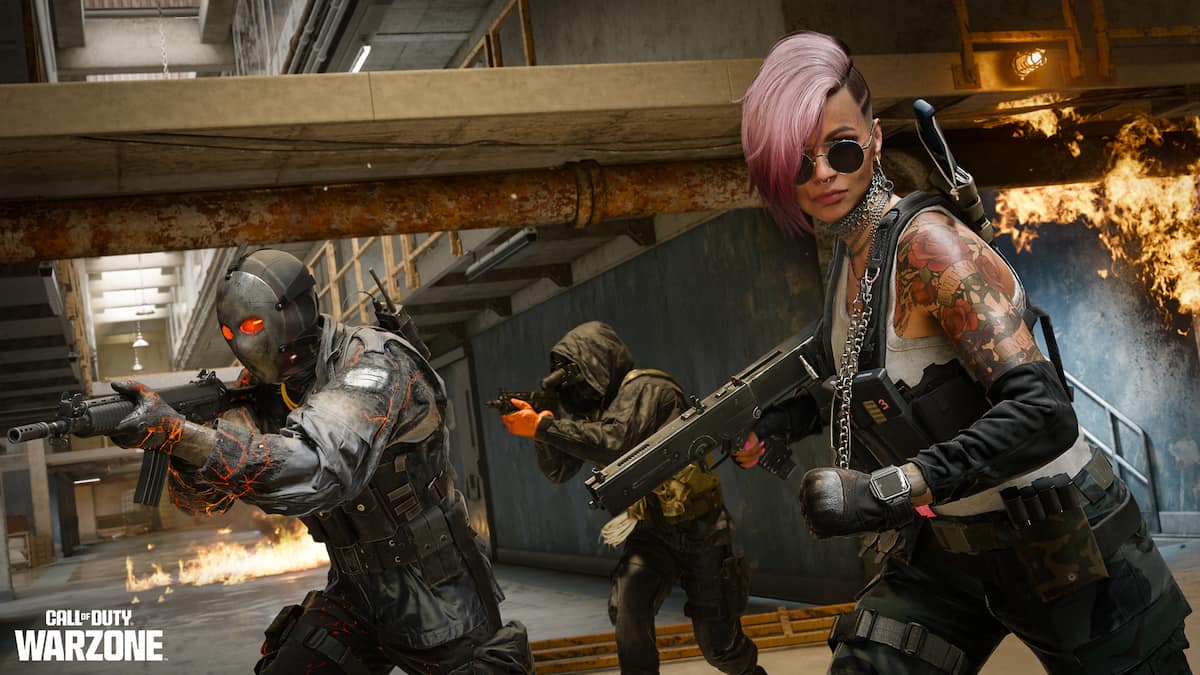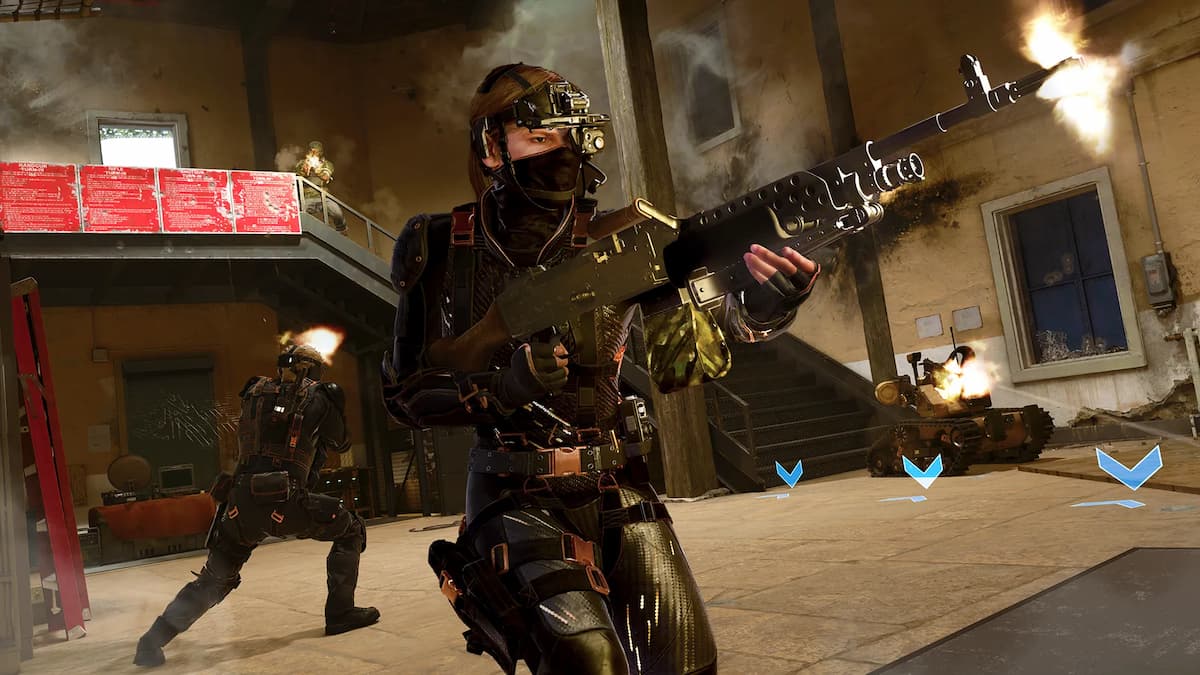Milliseconds make a difference when you’re playing multiplayer in Call of Duty.
All console players play Black Ops Cold War with the same frame rates with almost no way to change their settings. But it’s a completely different story for PC players since they have the option to tinker with their graphics.
Changing your visual settings in Black Ops Cold War can allow you to increase your FPS, which can come in handy for players struggling to maintain smooth frame rates while gaming. This is also useful for players that want to get the most out of their high refresh rate monitors.
There are a few methods you can try to increase your FPS in Black Ops Cold War. Out of all the methods in this article, changing your in-game settings should provide the best results, while other methods will yield smaller returns in terms of FPS.
Adjust your in-game settings
When you first load into Black Ops Cold War, the game will automatically optimize your settings based on your hardware. Your default settings will be configured to provide the best performance while retaining a decent level of visual quality, which leaves room for improvement.
If you’re looking to increase your FPS in Black Ops Cold War, you’ll need to turn off some of the video settings while reducing others to allow your system to focus on performance.
The settings below were optimized for the best performance, but you can still make personal changes depending on your hardware.
- Display Mode: Fullscreen
- Playing Black Ops Cold War on windowed mode is more practical if you frequently tab out of the game, but it’ll force your system to render other applications while you’re playing. Using Fullscreen will allow your system to only focus on Black Ops Cold War, helping you retain your frames
- Refresh Rate: Your monitor’s native refresh rate.
- Gameplay V-Sync: Disabled
- Menu V-Sync: Disabled
- V-Sync is generally used by players who experience screen tearing. Though V-Sync does an excellent job of fixing the problem, it causes input lag, which is a huge no for competitive players.
- Nvidia Reflex Low Latency: Enabled
- Display Resolution: Your monitor’s native resolution
- Keeping your resolution at native values will be the way to go for the best visual experience. If you still can’t average smooth frame rates, even with the lowest settings, you can try reducing your resolution. Black Ops Cold War will look noticeably worse when you start lowering your resolution, but doing so can give you a decent FPS boost since it’ll take a huge burden off your system.
- Aspect Ratio: 16:9
- Field of View: 100
- Field of View adjusts a player’s vision. Higher values mean that you’ll see more of your surroundings. Setting it to 100 is usually the way to go, but if you need even more frames, you can try lowering this setting as well since seeing less of your surroundings will mean you’ll have fewer objects to render.
- ADS Field of View: Affected
- Frame rate: Don’t go unlimited
- Letting your frames run wild can seem like a good idea, but if your rig doesn’t have a proper cooling system in place, it may start overheating. It’s usually a decent idea to use your monitor’s refresh rate as a point of reference while setting your frame rate.
- Minimized Game Frame Rate Limit: 60
- Texture Quality: Low
- Model Quality: Low
- Special Effects Quality: Low
- Screen Space Reflection: Low
- Object View Distance: Low
- Volumetric Lighting: Low
- Shadow Quality: Low
- Keeping your graphical settings at low will cause Black Ops Cold War to look noticeably worse. The performance gains could be worth the trade-off, though, since making these adjustments should net you a decent number of extra frames.
- Dynamic Shadows: All
- Special Effect Shadows: Disabled
- Ray Tracing Sun Shadows: Disabled
- Ray Tracing Local Shadows: Disabled
- Shadows can turn into excellent tools and allow players to spot their enemies on rare occasions. The number of times that they’ll actually make a difference will be relatively limited, however, meaning you might benefit more from the performance boost you’d get from disabling them.
- Ray Tracing Ambient Occlusion: Disabled
- NVIDIA DLSS: Quality
- Ambient Occlusion Quality: Disabled
- Motion Blur: Disabled
- Motion Blur Quality: Low
- Motion Blur makes games look more realistic, but the additional immersion can make it harder to spot enemies and cost you a few frames. Turning off Motion Blur will allow you to spot enemies more precisely and also nets you a few additional frames.
- Subsurface Scattering: Enabled
- Order Independent Transparency: Disabled
- VRAM Usage Target: Low (70 percent)
- Display Gamma: Computer (sRGB)
Check your background processes
Your frames can drop significantly if your PC tries to allocate its limited resources to perform more than a single task. There will be a noticeable performance loss if a rogue background process starts downloading and updating as you’re playing Black Ops Cold War.
Before you start gaming, go through your Task Manager and make sure there aren’t any unnecessary programs. Turn off everything not gaming-related, even your browser, to allow your PC to focus on Black Ops Cold War.
Optimize Windows for gaming
Microsoft adds various features that make users’ lives easier with every patch. Some of them can have the opposite effect on gamers, however.
Xbox Game Bar, for example, looks like a useful feature, but it has been one of the top settings that gamers turn off to increase their performance.
If you aren’t familiar with Windows settings, there are lots of guides online that help players optimize their operating systems for gaming. Make sure that you don’t change anything on Regedit, though, since those changes can have permanent effects that you may not be able to fix later on.







Published: Jan 17, 2022 09:59 am